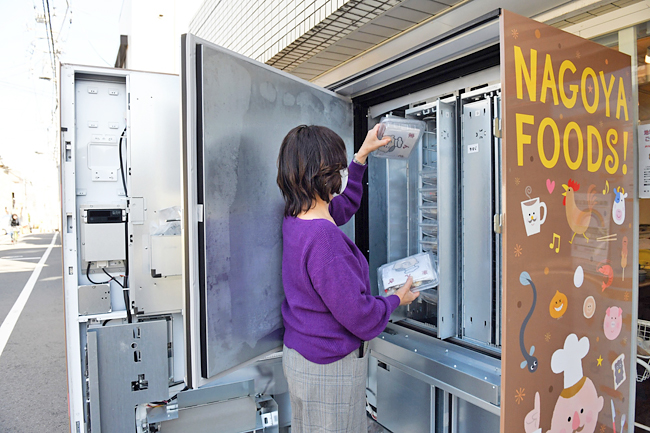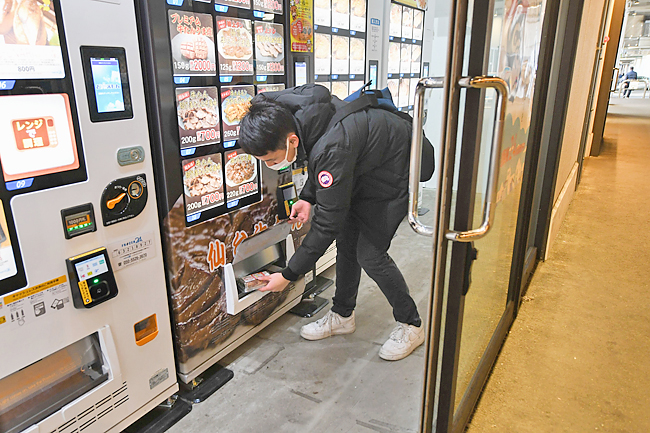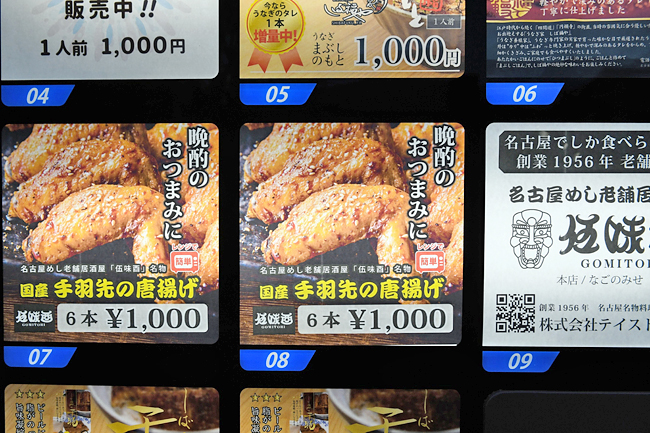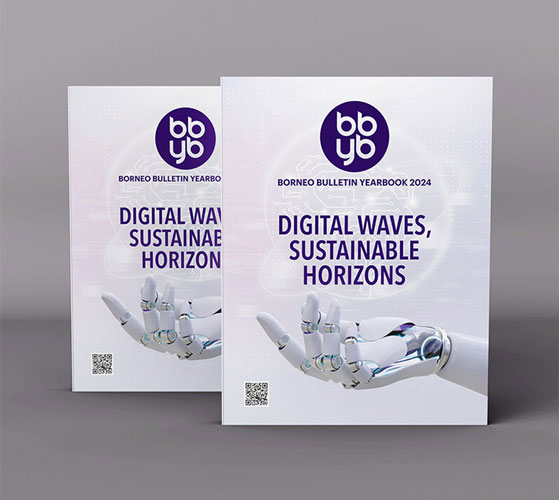Kanoko Matsuyama
BLOOMBERG – Japan’s ailing vending machine industry is looking to indulgences like caviar and fresh sashimi to stymie its decades-long decline.
Aided by the pandemic push for minimising contact with others, food-dispensing machines have emerged as a rare spark of growth for the sector. The offerings are far more exclusive than packaged snacks like chips and chocolate, though: the high-tech machines, which stand about six-foot tall, allow customers to buy frozen and chilled versions of their favourite dishes from Michelin Guide-listed soup noodles to sashimi, wagyu steak and even caviar.
“It was really attractive for consumers that they can easily cook to eat restaurant quality food at home,” said Head of Product Development Tomonori Yoshida at Sanden Retail Systems, a refrigeration specialist that was the first in Japan to roll out the new kind of vending machine. “The way it’s used has become so versatile, we can’t even keep up.”
The company, which started producing refrigerated cases in the 1950s, launched a machine that dispensed frozen food in January 2021, just as COVID meant many Japanese preferred to steer clear of human interaction and businesses were advised to reduce their operating hours. Sales boomed, reaching 6,000 units by December 2022, according to Sanden, which said its machines have adjustable shelves to accommodate different container shapes and offers a model that can switch between frozen and chilled temperatures.
Japan has embraced vending machines like few other nations and they offer everything from cold soft drinks to hot coffee, snacks, and toys – typically for low prices.



Their popularity took off when Coca-Cola made a full-scale entry into the country in the 1960s, and was further bolstered by technical innovations, a low crime rate and mass circulation of JPY100 coins, which allowed for easy purchases, according to the vending
machine association.
Beverages dominate the sector, accounting for more than half of Japan’s four million vending machines, according to the Japan Vending System Manufacturers’ Association. But the industry as a whole has been in decline for the past two decades, partly as the removal of public pay phones meant fewer machines to sell prepaid calling cards were needed.
While they can still be easily found in streets and alleys across the country, the producers’ group estimates the total number of vending machines has tumbled about 30 per cent since 2000 due to population decline and intensifying competition with convenience stores.
That contrasts with the recent rise of the food sector, which expanded four per cent in 2021 and is fuelling optimism that COVID has triggered a longer-term shift in consumers’ desire to stay in but still have access to top-notch cuisine. The popularity of the fresh-made meals have the potential to breathe life into the industry.
Even though food is still a minor sector – just 1.8 per cent of Japan’s total vending machines – demand has already moved beyond small restaurants looking to boost sales during COVID and is now luring in some big-name businesses.
Fast-food noodle shop Ringer Hut and beef-bowl restaurant Matsuyafoods have installed vending machines next to outlets, selling frozen soup noodles to curry toppings for a bowl of rice.
“We are offering the taste of the restaurant 24 hours a day without human contact or face-to-face interaction, which will bring you piece of mind,” Ringer Hut said in a statement in 2021 when it introduced the machines. “In the new lifestyle caused by COVID, people are eating at home more, can enjoy healthy, nutritious, taste of a restaurant at home.”
That change is showing signs of lingering as diners have been reluctant to return to restaurants despite Japan dismantling COVID measures.
While sales at fast-food chains rose 12 per cent in December compared with 2019, revenue at venues centred around in-person eating and drinking have only recovered to about 60 per cent of pre-pandemic levels, according to the Japan Food Services Association, as fresh waves of infections have hit the country.
The freezer vending machines also help with a staff crunch. About three-quarters of restaurants surveyed by Teikoku Databank said they had a shortage of part-time workers, the highest portion among key sectors including hotels, entertainment and retail.
Annual freezer vending machine sales are projected to more than double to 7,800 units by fiscal 2027, according to a report by JMA Research Institute.
Globally, the entire vending machine market is projected to grow 6.7 per cent a year to reach USD25 billion by 2027, according to a report by Allied Market Research.
Next up for the Japanese market will be expanding the range of products on offer.
“We are interested in evolving the machine to fit even bigger items” such as bento boxes and large-size pizzas, said Yoshida. “We also believe there’s needs for chilled food, so we want to be able to handle all kinds of products there, too, just like we succeeded with frozen food.”


